
The COVID-19 pandemic has created an unprecedented situation where people and businesses across the globe are talking in real-time about facing this singular threat.
This battle has tested, and will continue to test, our ability to work as a collective to get through this incredibly difficult time. And our success in many ways will hinge on our ability to communicate effectively with one another.
Which leads us to an important question for businesses:
How should brands communicate during a crisis like this?
Do we share personal thoughts? Do we offer direct support? Do we try to maintain some level of normal operations?
While video conferencing is getting most of the communication buzz right now, there’s another channel that’s as critical as it’s ever been.
Email.
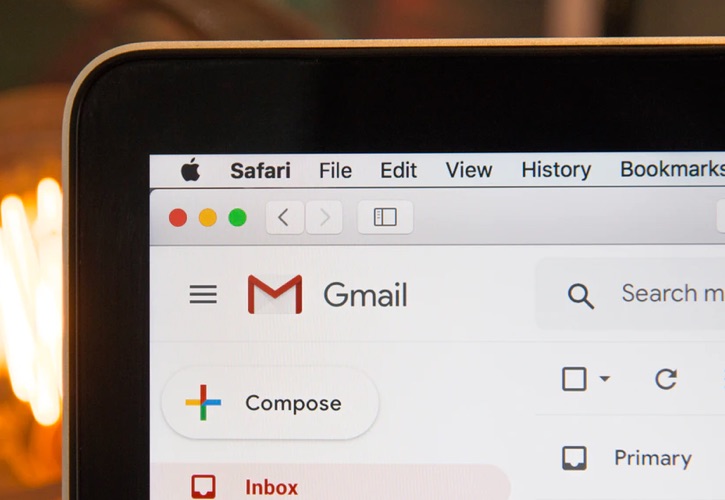
Email is a unique format in that it creates an even playing field for brands regardless of their size. The reach of brands varies, of course. But whether you’re an individual or a mega corporation, we’re all limited to simple text and images piped into people’s inboxes.
Because of this constraint, email is an easy way to compare and contrast the messages that brands are sending out.
It also provides a way for us to learn from each other so that we can improve our communication in the immediate term and for the long run.
Our COVID-19 Email Evaluation
The world has been dealing with this pandemic for months, but this past week marked a major shift for people and businesses in the United States. Schools shut down, restaurants went to carry-out only, all sports and live entertainment were cancelled, and countless businesses shifted to remote work.
With all this change hitting at once, we wanted to evaluate the type of emails brands sent out during this week of massive change.
We looked at 163 emails sent during the work week of March 16 to March 20.
Those 163 emails covered 97 different brands across 24 verticals. The brands vary in size from small startups to massive, global corporations.
All emails were mass communications — no 1-to-1 emails or obvious spam. And they all came from businesses that we at Map & Fire, had engaged with prior to COVID-19.
For our study we created a 1-5 rating scale to evaluate each email’s content. The rating breaks down as:
5: Email makes a specific offering of time, products, or services free of charge to contribute help or address those in need of help
4: Email offers insights, free guides, or content around the issue, along with a possible addition of normal business offerings
3: Email references the current issue on a superficial level and then pivots into standard marketing language and offers
2: Email contains no reference to current issues and reads as a typical marketing or content message
1: Email contains an exploitative offer that manipulates or takes advantage of the current issue
Analysis Of The 163 Emails From Last Week
The following is a breakdown of what we saw.
Total Emails Evaluated:
163
Total Brands Included:
97
Verticals / Industries Included:
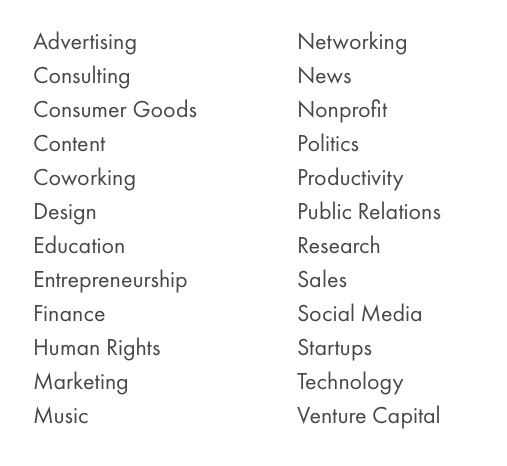
Average Rating Across All 163 Emails:
3.21
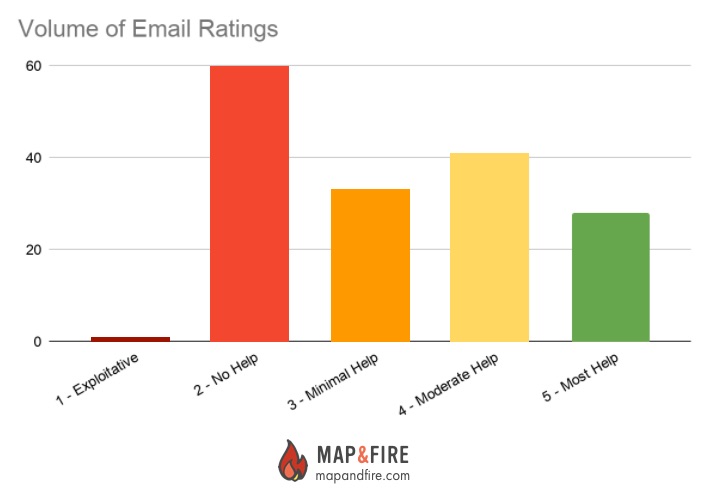
The good news was that there was only one email that received a 1-rating where the brand used COVID-19 to get attention and attempt to sell services based on fear or manipulation.
There was a heavy showing of emails with a 2-rating (business as usual, no mention of the issue), but as we see below, those decreased somewhat over the course of the week.
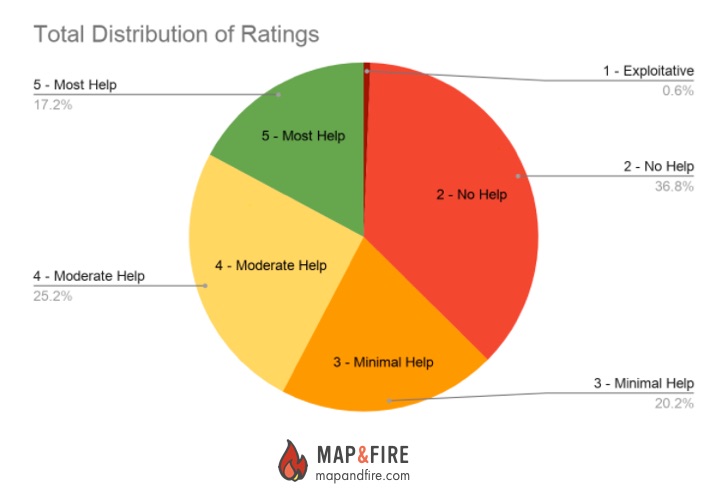
As we see here, 62% of the emails referenced the issue or offered help around the pandemic in some capacity.
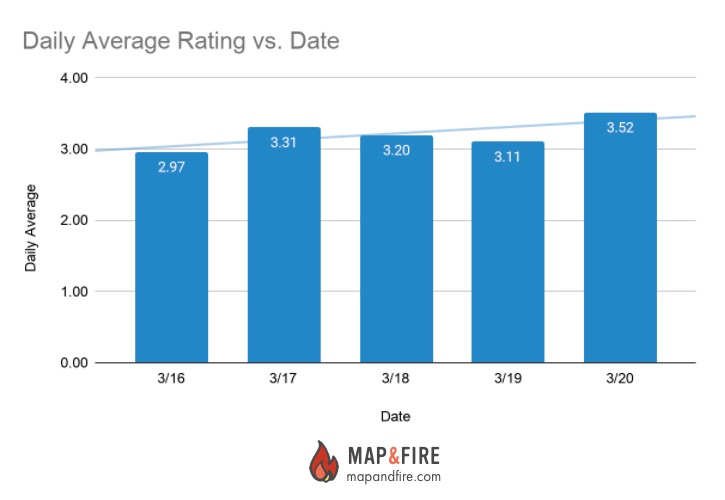
While the rating average fluctuated over the week, there was a nice bump of attentiveness between Monday and Friday.
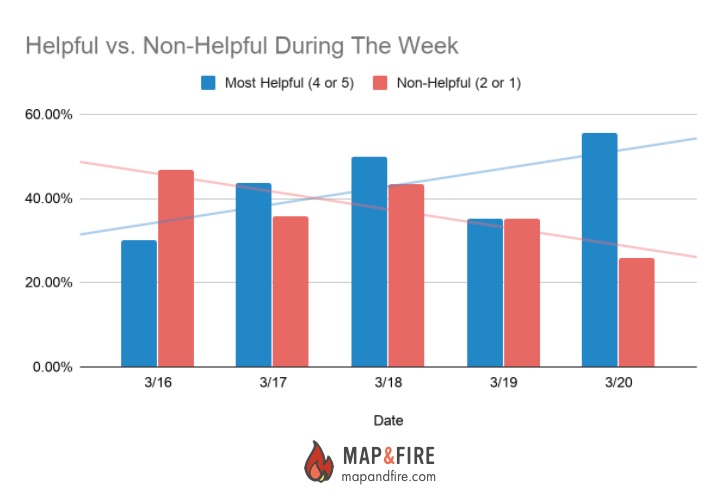
In this view, we see more specifically the decrease of generic emails and the increase of attempts to acknowledge the issue and provide support as the week went on.
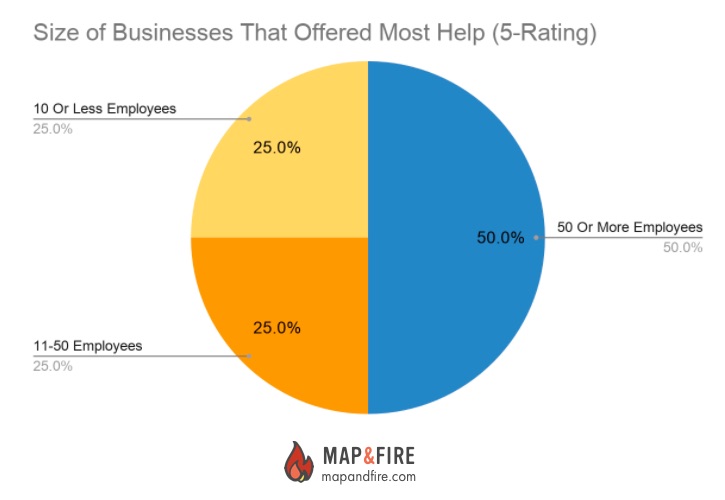
Last, we see that there’s an even split between big and small companies that sent emails with a 5-rating. A quarter of the companies have fewer than 10 employees.
5 Insights And Takeaways To Use Going Forward
Here are some themes that we gathered from this quick study:
1. There has been a high level of proactive support as a result of COVID-19
A lot of brands are going out of their way to provide free resources and services to help others during this time.
There’s so much opportunity to contribute in creative ways and many brands are stepping up to the challenge. Here are some of our favorites:
Kaggle launched multiple community-driven machine learning challenges to analyze data around COVID-19 forecasting and transmission rates.
Taproot connects nonprofits with industry experts who can provide pro bono support to help with challenges during this time.
InevitableHuman is donating their unused computer processing time to a project seeking therapeutic opportunities for COVID-19.
Equal Parts set up a “text-a-chef” service for free, on-demand recipes and cooking help for people suddenly making more meals at home.
Here at Map & Fire, we’re working to do our bit by offering up free 30 minute remote strategy sessions for any business in need of extra support with their brand, marketing, or business.
2. Companies of all shapes and sizes are contributing
As shown by the pie chart above, large and small companies alike have offered help in different ways. Donating time, resources, and services is not something just for massive companies.
And there’s still lots more room for creativity.
Last week we saw a rush of work-from-home advice and remote working guides. These hit an immediate need for lots of people, but that need was quickly saturated.
There’s an opportunity now for brands to develop new types of creative offerings that can help folks out in terms of knowledge or resources for the coming months.

3. There’s a lot of missed opportunity for brands to adjust automated campaigns
Not surprisingly, early on in the week we saw quite a few messages that were likely created and scheduled to go out prior to the big shift.
But even beyond that, we saw lots of offers later in the week that felt a bit tone deaf. They weren’t bad in terms of being exploitative, they just spoke and acted like it was any other week.
Every brand should go through their list of campaigns and be sure the messaging is exactly what they want to say at this moment in time.
4. Brands might be slow to react but few are trying to exploit the situation
It was a relief that only one email out of the 163 we reviewed was actively exploiting the situation with a click-bait subject line, and shady fear-based service offerings.
This is obviously much worse than doing nothing.
Again, look at every communication with a harsh lens because tactics like that could destroy your brand’s credibility.
5. We still need to figure out the right balance of messaging as we move ahead
Another trend last week was to have one dedicated statement email about COVID-19 followed by subsequent emails that were mainly business-as-usual.
It’s important to keep in mind that not everyone reads all of your brand’s emails.
If the first email a customer reads is in the business-as-usual category, it could risk feeling tone deaf in the short term.
Effective Communication Is Critical Right Now
This is one of the most difficult situations our country, and planet, have ever faced. It’s putting all of us to the test personally and professionally.
It’s also an opportunity to show what your brand stands for and a chance to provide help in creative ways to those in need.
To do that effectively, your brand’s communication has to be given extra focus.
After our research this week, our recommendations are to:
- Review every communication to ensure the tone is appropriate for today
- Remember that times are changing fast so what’s OK today may be off tomorrow
- Review every email from the POV of someone who’s reading their very first email from your brand — how does it feel being consumed with fresh eyes?
If we stick to those ideas and keep our empathy levels high, we’ll build stronger connections with each other and keep our businesses moving forward even in these uncertain times.
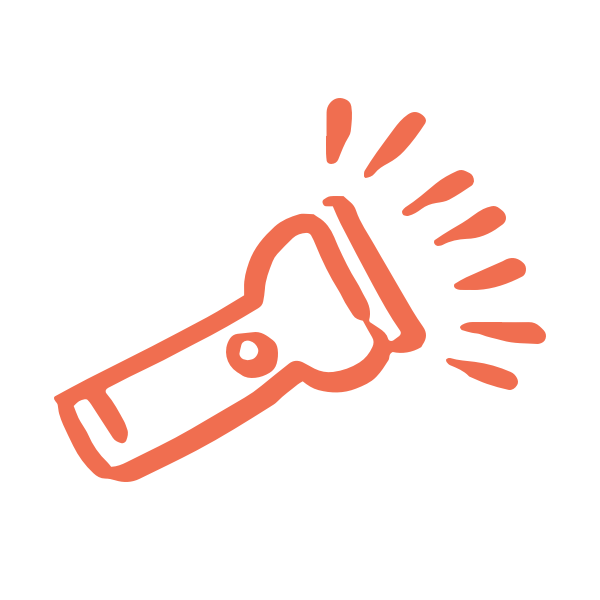
Get Free Strategic Support For Your Brand, Marketing, or Business
As we all deal with the wide variety of challenges facing our businesses and brands, we’re offering immediate, remote help. Click below to book a free 30 minute video strategy session

